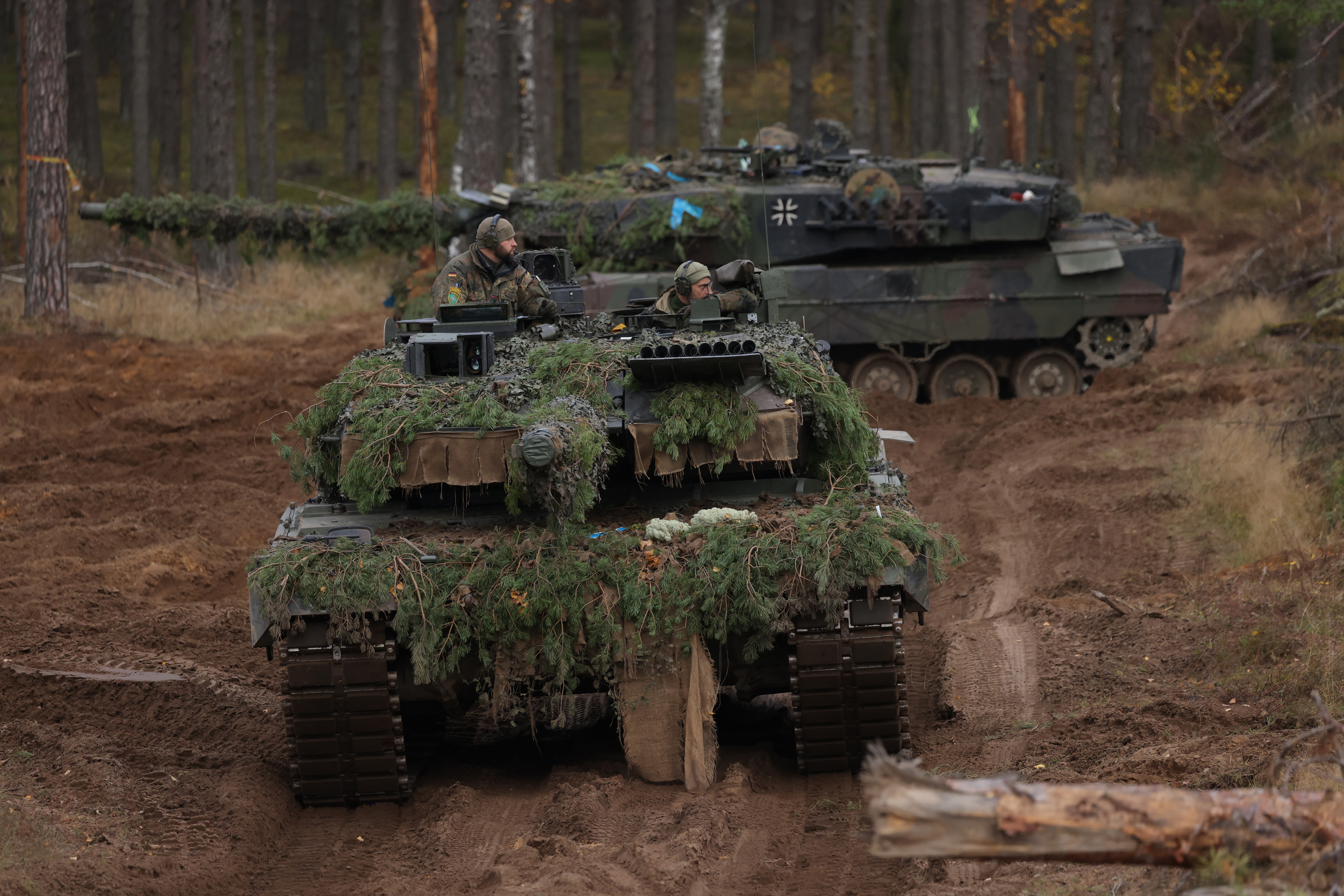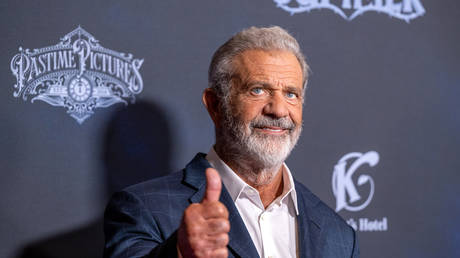‘We need action’: Time runs out for Ukraine as allied countries debate sending tanks
Kyiv says it needs more armor as it prepares for major offensives this spring.


Leaders of allied nations have spent weeks debating which countries should transfer main battle tanks to Ukraine — weeks that could be costly.
Officials in Kyiv say time is running out to prepare for what is expected to be an onslaught by Russia in the spring. They argue Kyiv will need a major influx of heavy armor and tanks in the coming weeks to allow them to carry out planned offensives. Without those tanks, punching through entrenched Russian forces spread across hundreds of miles could falter.
All eyes have been on Germany for days, waiting to see whether Berlin would grant Ukraine’s wish and transfer their Leopard tanks and approve other European operators to do the same. But on Friday, Germany’s defense minister said they still haven’t decided.
Frustration with Germany is boiling over. Arming Ukraine “is not some kind of decision-making exercise,” Polish Foreign Minister Zbigniew Rau tweeted after the 50-nation Ukraine Defense Contact Group met in Ramstein, Germany, on Friday. “Ukrainian blood is shed for real. This is the price of hesitation over Leopard deliveries. We need action, now.”
Estonian Defense Minister Hanno Pevkur agreed that the debates are hurting Ukraine’s prospects.
"Any delay will have an [effect],” he said via text. “How big this [effect] could be is very difficult to predict."
The issue simmered throughout the week as world leaders gathered in Davos for the World Economic Forum.
There, German Chancellor Olaf Scholz met privately with U.S. lawmakers and told them Germany won’t send their tanks unless the U.S. transfers their own first, as POLITICO reported.
The matter came to a head during the meeting at Ramstein on Friday, where German Defense Minister Boris Pistorius told reporters that Berlin still hadn’t decided what it would do, but left the door open to approving the transfer.
“None of us can yet say when a decision will be made and what the decision will look like,” he said, adding that he had instructed the German army to review the country’s inventory so it can move quickly if they decide to send the tanks.
"We have been repeating that more tanks are necessary,” said an official from Eastern Europe, who asked not to be named in order to speak candidly. “Still we have hope.”
Following the meeting, Defense Secretary Lloyd Austin said the U.S. and allies are “pushing hard to meet Ukraine's requirements for tanks and other armored vehicles.” Yet he mostly sidestepped the intense debate over whether to send U.S. and German tanks.
Austin also denied reports that sending U.S. tanks was a condition for Germany to send its own.
The coming fight
The fighting in Ukraine this spring will rely heavily on tanks on both sides of the line, and after a year of hard combat, Kyiv is desperate for more modern Western models to allow them to overwhelm the hundreds of Russian tanks and armored vehicles lying in wait.
Getting that new equipment into the hands of Ukrainian soldiers quickly will go a long way in determining when Ukraine can launch its offensives this year, said Rob Lee, with the Foreign Policy Research Institute.
“I think the delivery and training timeline will influence when Ukraine chooses to pursue its most ambitious offensives,” Lee said, adding that Leopards may be better than the M1 Abrams tanks that the U.S. has been resistant to offer. That’s because Leopards are less complicated to operate and maintain. “If Ukrainians can master the Leopards sooner than Abrams, they could play a greater role in offensives this summer.”
Still, the vehicle donations so far have been significant. Over the past several weeks the U.S. has pledged to send Bradley Fighting Vehicles. Sweden announced it will donate CV90 armored vehicles, and Germany has promised to ship Marder vehicles. All three models are heavily armored, tracked vehicles featuring powerful autocannons that can chew through armor and absorb incoming fire.
Those infantry carriers, along with Humvees, mine-resistant vehicles and Stryker infantry carriers from the U.S. would likely lead the vanguard of new armored units that are much more potent than anything Ukraine — or most nations — have been able to field. They’ll be supported by dozens of new mobile howitzers promised this week by the U.S., Denmark and Sweden to form a lethal combined arms punch.
Speaking after the gathering in Ramstein Friday, Joint Chiefs Chair Gen Mark Milley said the new armor and artillery is equivalent to two U.S. combined arms maneuver brigades, or six mechanized infantry battalions.
Training for Ukrainian troops on that equipment has already begun in Germany, an effort Milley saw firsthand this week during a visit to a U.S. training site. “That training in addition to the equipment will significantly increase Ukraine’s capability to defend itself from Russian attacks, and to go on the tactical and operational offensive to liberate the occupied areas,” Milley said.
Ben Hodges, a former commander of U.S. Army Europe, said the new armored units will likely “be trained and prepared to serve as the breakthrough formation for the next major offensive phase of the campaign. I’d anticipate that it’ll be at least three months before they’re able to do that. It will be built around Ukrainian armor that they already have or have captured, but Western tanks [armored fighting vehicles and artillery] will help make it more lethal.”
Hurry up and wait
Even if Berlin decides to send its tanks, or approves other countries to send theirs, the shipment won’t happen right away.
German arms manufacturer Rheinmetall said recently that it would likely take them until 2024 to deliver combat-ready Leopards to Ukraine, given the poor condition of many German tanks.
Countries such as Poland, Finland, and Norway would likely be able to deliver their Leopards sooner, though one European defense official said it could take two months to fully train Ukrainian crews on the tanks.
It also remains unclear when the 14 Challenger tanks promised by the U.K. will have trained crews ready to operate them.
The U.S., meanwhile, is walking a fine line on encouraging Germany to act while noting this is that country’s decision.
“These are sovereign decisions. We respect them. We welcome them,” National Security Council spokesperson John Kirby told reporters on Friday. “We do believe that there is a need for armored capability including tanks inside Ukraine, and the Leopard tank is a terrific system.”
Ukrainian President Volodymyr Zelenskyy made it clear on Friday that the debate needs to end and empty platitudes aren’t enough.
“Hundreds of ‘thank you’ are not hundreds of tanks,” he told the group in Ramstein via video address. “All of us can use thousands of words, but I can’t put words, instead of guns needed, against Russian artillery.”












